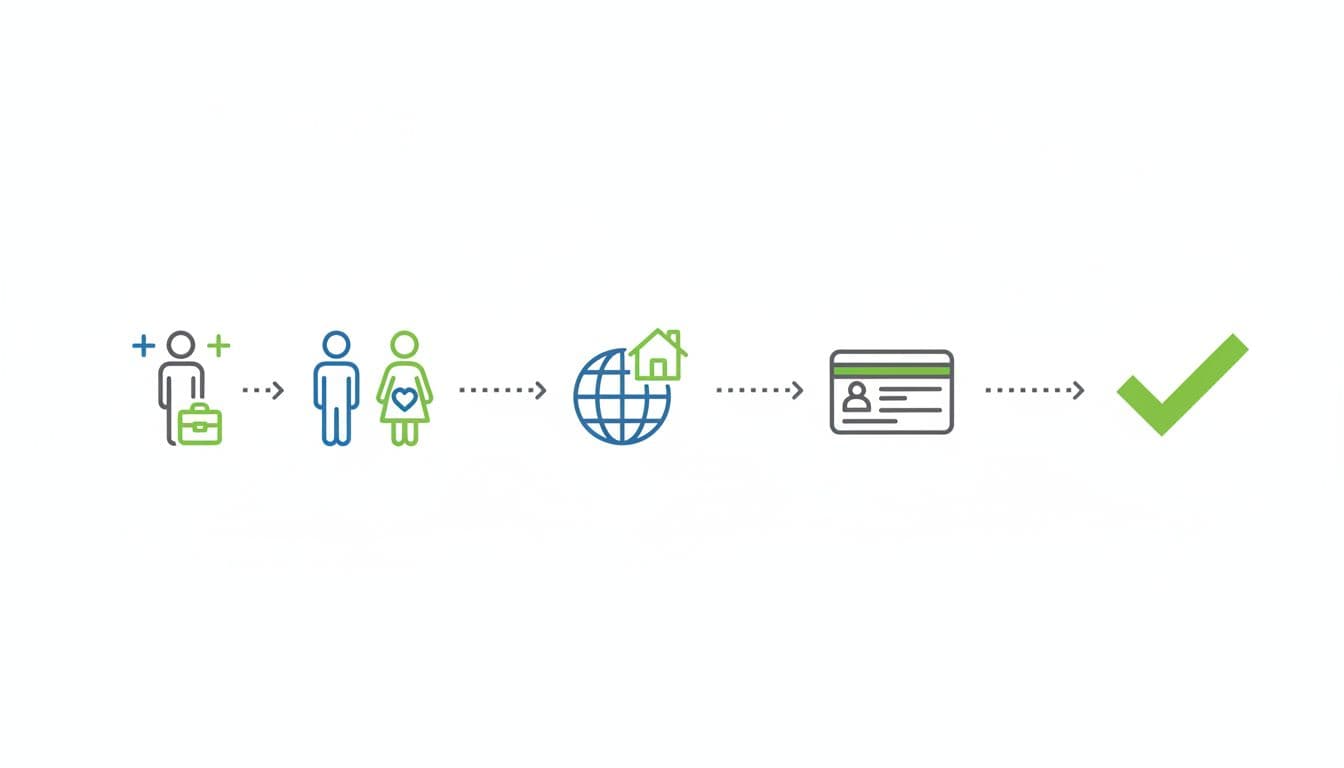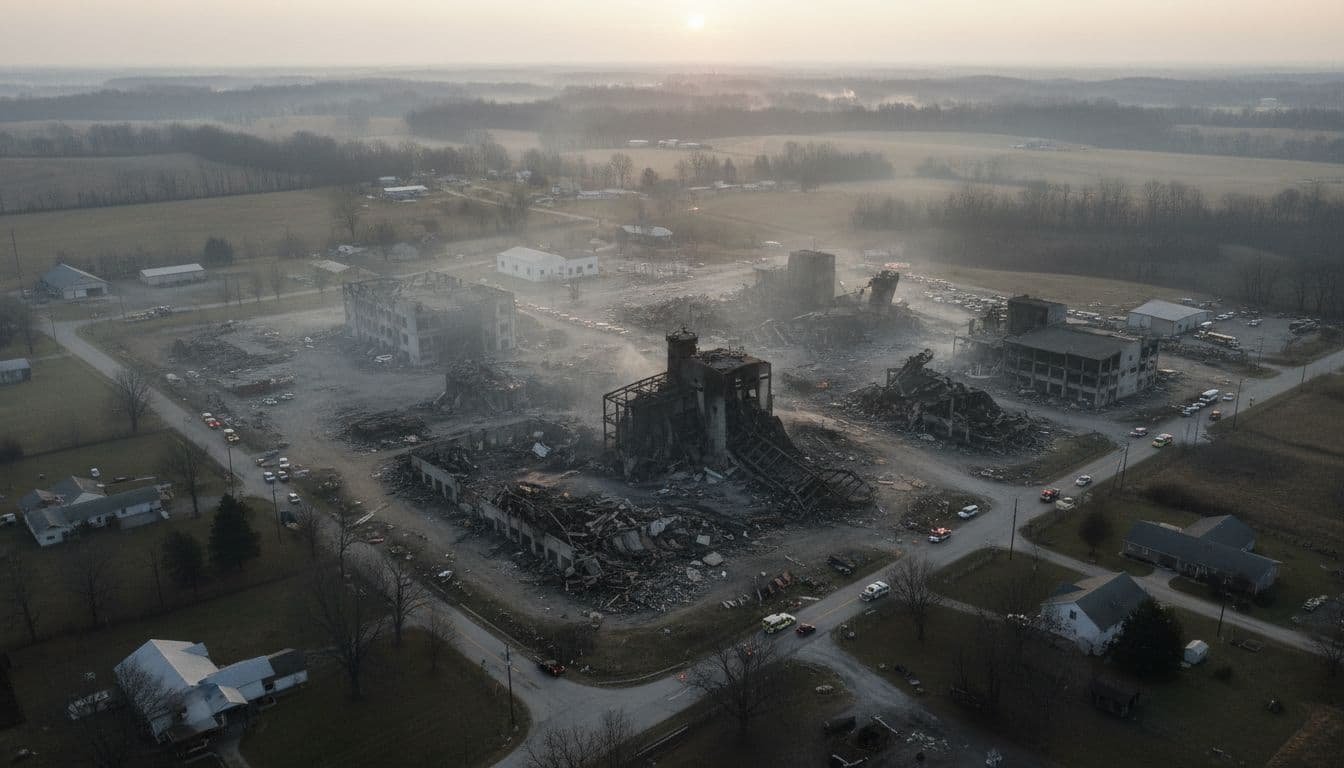The Supreme Court declined to review a challenge to a federal rule that allows certain spouses of H-1B visa holders to work in the United States. The decision leaves in place a 2024 D.C. Circuit ruling that upheld the legality of the H-4 Employment Authorization Document (EAD) program. For thousands of families caught in long green card backlogs, this is a major relief.
Why This Matters
- Keeps work authorization for eligible H-4 spouses in place.
- Supports economic stability for families and employers.
- Provides clarity after nearly a decade of legal fights.
What The Court Did
The justices denied a petition from Save Jobs USA, a group that argued the Department of Homeland Security overstepped when it created the H-4 EAD rule in 2015. The Supreme Court offered no explanation, which is common for denial orders. The D.C. Circuit had already held that DHS has authority to authorize employment for certain nonimmigrant categories in limited circumstances.

Quick Background on H-4 EAD
Launched in 2015, the H-4 EAD lets certain H-4 spouses work if the H-1B principal is on the path to permanent residency. DHS estimated large early uptake, and the program has continued to help families where spouses are often highly educated and eager to contribute to the workforce.
The Legal Journey
Save Jobs USA first sued soon after the rule was issued. The group said only Congress can decide which noncitizens can work in the U.S. The D.C. Circuit disagreed, citing prior cases that recognize DHS authority to authorize work in narrow contexts. Petitioners hoped the Supreme Court would revisit the issue, especially after the Court limited agency deference in 2024. The Court declined, leaving the appellate ruling intact.

Who Benefits
- H-4 spouses eligible for EADs, often stuck in years-long green card queues.
- U.S. employers that rely on retaining high-skilled workers and their families.
- Local economies that gain from additional household income and spending.
Supporters vs. Critics
Supporters say letting H-4 spouses work helps keep top talent in the U.S. Critics argue it could impact job opportunities for U.S. workers and should be decided by Congress. With the Supreme Court’s move, the rule stands, and the policy debate shifts back to the political arena.
What H-1B Families Should Do Now
- Confirm eligibility: H-4 EADs generally tie to the H-1B principal’s green card process stage.
- Keep documents current: I-94s, I-797 approvals, and I-485/I-140 status as applicable.
- Track processing: Use USCIS case status tools and consider filing early when possible.
- Plan for renewals: Maintain buffers for work continuity.

The Bigger Picture
This decision offers rare stability in a politically charged area of immigration. It gives families breathing room, helps employers with retention, and keeps focus on long-term solutions in Congress. Expect continued debate as policymakers weigh labor needs, fairness, and global competitiveness.
The Supreme Court’s refusal to take the case keeps H-4 work authorization in place. For H-1B families, that means continuity. For employers, that means fewer disruptions. For policymakers, the ball is back in the legislative court.
To contact us click Here .







